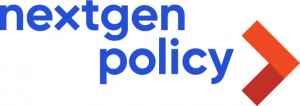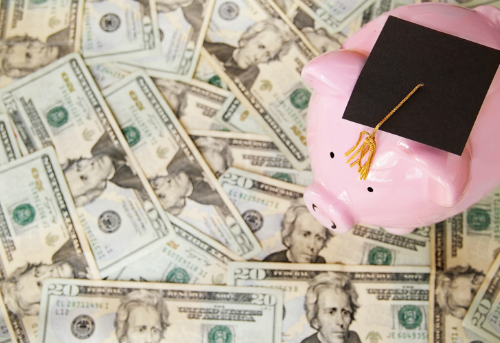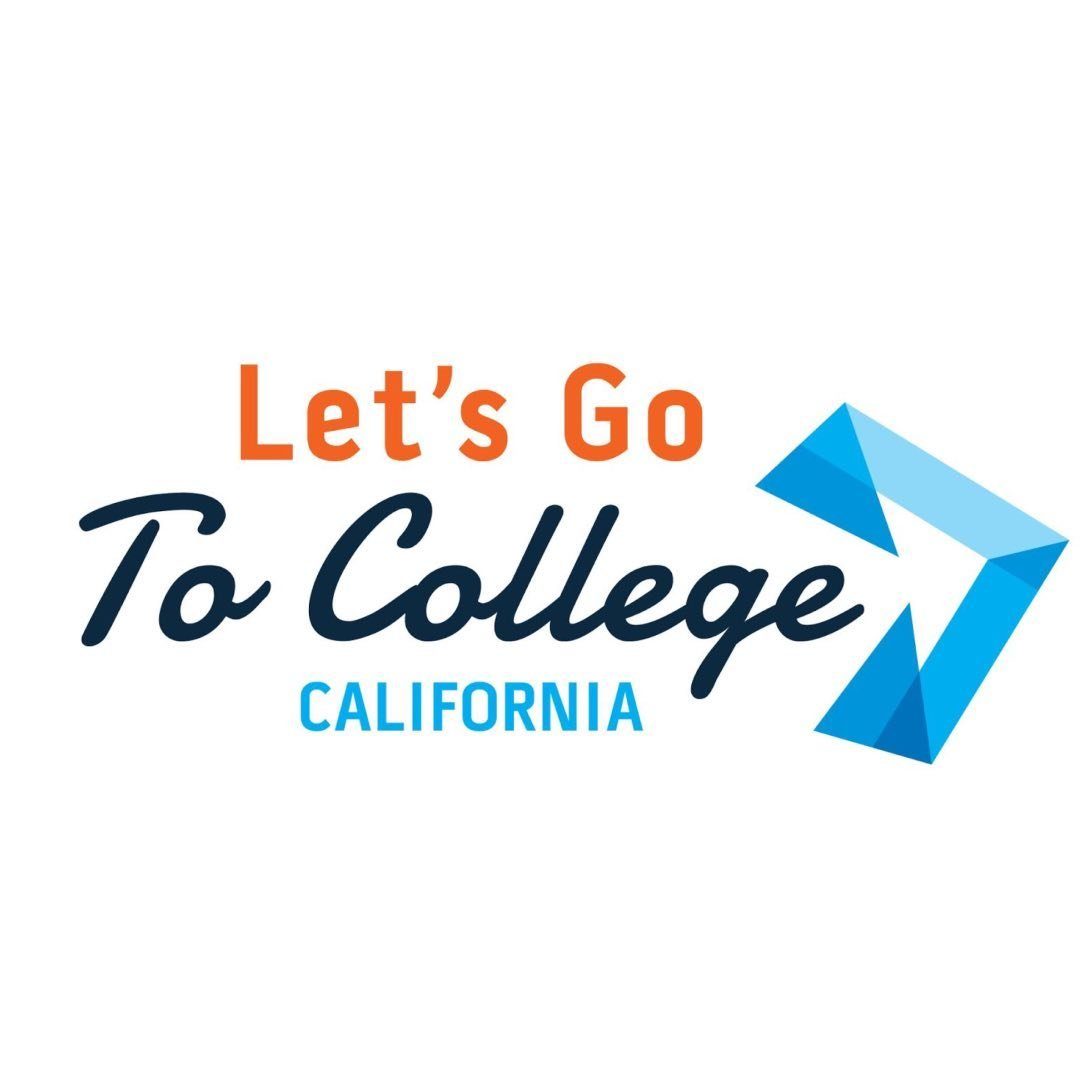
Paying For College, Student Loans |
To qualify for Public Service Loan Forgiveness (PSLF), you must make 120 total monthly payments while:
- Enrolled in an Income-Driven Repayment Plan
- Have Federal Direct Loans or have consolidated other federal student loans
- Working full-time for a government agency or certain types of nonprofit organizations
Before Graduating or Immediately Upon Graduation – check these eligibility requirements first and early on to plan for Public Service Loan Forgiveness:
- Check what kind of loan you have by logging in to www.StudentAid.gov.
- Confirm that you have a Federal Direct Loan that is not in default. This is the only federal loan that is eligible for PSLF.
- If some of your federal student loans are not Direct Loans (FFEL and Perkins Loan), they need to be consolidated to qualify; this is likely your situation if you borrowed before 2011. Payments on FFEL or Perkins Loans made before you consolidate will not be counted. Depending on your circumstance there may be pros and cons to consolidating in order to apply for PSLF.
As You Start Working in Public Service – Document Your Employment Using the PSLF Application Form:
- Submit a PSLF application form every year or when you change employers. You’ll want to have documented every qualified employer where you worked while you made a payment towards PSLF. Especially if you have multiple public service employers.
- Make sure that your PSLF application form has all required fields completed. Incomplete forms or inconsistencies may affect your eligibility. If you do not meet a PSLF qualification, the response letter to your application will provide more information.
- Make sure you have all the information required: employer’s address, Employer Identification Number (EIN) which can be found on your Wage and Tax Statement (W-2), and consistent info with your previous application.
As You’re Working in Public Service – Submitting your forms using the PSLF Help Tool:
- Log in with your FSA ID. The tool will import your loan info automatically.
- The Tool will ask a series of questions to confirm you’re on the right track to loan forgiveness and that your employer qualifies for PSLF.
- Find out if your loans qualify and options available to you if they don’t.
- Get a signature from an “authorized official” at your employer, typically someone in your human resources office.
- Print and mail your completed form. Save and archive your documentation (PSLF application, response letters from FedLoan Servicing, and employment documents) in case there are any discrepancies.
After Working at Least 10 Years in Public Service – Applying for PSLF and Getting Your Loan Forgiven:
- Upon making your 120th payment you’re ready to apply for PSLF. You must still be working for a qualified employer when you submit your application.
- Gather your current employer information and any documentation used to prove previous employers qualified while you made payments towards PSLF.
- Complete and submit the PSLF application by using the PSLF Help Tool (see above), by mail, or fax.
- If your PSLF application is approved, then all remaining balance including interest and outstanding principal will be forgiven. Any payments made after the required 120 will be refunded as well.
Provided by:


Paying For College, Student Loans |
What Are Income-Driven Repayment Plans?
Income-Driven Repayment (IDR) can make monthly payments more affordable for borrowers with lower income. In an IDR Plan monthly payments are calculated as a percentage of ‘discretionary income’ based on income and family size. If your income increases while on an IDR plan, your payments can increase. Conversely, if you lose income perhaps due to losing your job, your monthly payment can be reduced to $0.00. After completion of an IDR Plan, any remaining debt may be forgiven. Below is a chart with how different IDR Plans monthly payments are calculated and an estimated timeline for the plan.
| Different IDR Plans |
How is my monthly payment calculated?
*percentage of “discretionary” income* |
How many years can I stay in the plan for?
*any remaining debt is forgiven after completing these timeframes* |
| Revised Pay as You Earn (REPAYE) |
10% |
20-25 years |
| Pay as You Earn (PAYE) |
10% |
20 years |
| “New” Income-Based Repayment (IBR) |
10% |
20 years |
| Income Based Repayment (IBR) |
15% |
25 years |
| Income Contingent Repayment (ICR) |
20% |
25 years |
When Do I Sign Up For an Income-Driven Repayment (IDR) Plan?
After your 6-month grace period ends (when you leave your higher education program or graduate) you will automatically enter the 10-year Standard Repayment Plan. You can enroll in an IDR Plan at any time when you are paying off your student loans.
To remain in an IDR plan, you must recertify your income and family size with your servicer annually. If you don’t recertify by your specific deadline, your monthly payment will increase to the amount you would pay under the 10 year Standard Repayment Plan.
If you don’t recertify your income by the annual deadline any unpaid interest will be capitalized (added to the principal balance of your loans). This will increase the total cost of your loans over time because you will then pay interest on the increased loan principal balance.
Borrowers who fail to recertify can still reenter an IDR plan at any time. And, borrowers can recertify their income at any time if they need to adjust their payments due to loss of income or job.
What Happens If My Income Increases Under the Income-Driven Repayment (IDR) Plan?
If your income ever increases to the point that your calculated monthly payment amount would be more than the 10-year Standard Repayment Plan, you’ll remain on the IDR plan, but your payment will no longer be based on your income.
Instead, your required monthly payment will be the amount you would pay under the 10-year Standard Repayment Plan, based on the loan amount you owed when you first began repayment. Again IDR Plans are especially beneficial to borrowers who are lower-income or may have become unemployed.
Provided by:


Paying For College, Student Loans |
Paying for college can seem intimidating, but after calculating your net price, you’ll get a better sense of your education’s affordability. Though you may receive grants, scholarships, and other money you do not have to pay back, you may have to take out loans to pay for school.
What exactly is a loan?
Simply put, a loan is money that is borrowed. Unlike your grants and other aid, you will eventually have to repay your loan. That said, there are varying types of loans that have different terms and conditions. This article will cover the most common types of college loans.
Federal subsidized loan
After reviewing your FAFSA application, your school may offer you a subsidized loan if they deem you high-need. The amount they offer you will depend on the rest of your financial aid package. They will never offer you a subsidized loan that exceeds the cost of your school’s attendance.
With a subsidized loan, you are not required to pay interest while you are a student (half time or more). After you graduate, you have six months until you are required to begin paying. This loan is offered by the federal government.
Federal Unsubsidized loan
Regardless of your financial need, your school will offer you an unsubsidized loan. The amount they will offer you will depend on the rest of your financial aid package.
With an unsubsidized loan, you are required to begin paying interest as soon as you take out the loan. If you do not want to pay the interest immediately, you may defer your payments (postpone them). Deferring your payments, however, will add the interest due to your capital (the original amount of money you borrowed). Read more on interest and capital below.
Federal vs Private loans
Despite the complexity of federal loans, they are both better options than a private loan from a bank or other financial institution. Federal loans have lower interest rates than banks, meaning that in the long run, you will pay less back. Some of the federal loans perks include:
- Terms and conditions set by law. Conversely, private lenders can change their terms and conditions whenever they want.
- Fixed interest rates. This means you won’t be subjected to a higher interest rate because of the market or your credit score. Private lenders can change their interest rates as they see fit. With lower interest rates, you pay less in the long run!
- Loan forgiveness programs. Your federal debt may be forgiven if you work in certain public service sectors.
CA Dream Loan Program
If you are an undocumented student in California, you are not eligible for federal student loans. However, California has the CA Dream Loan Program available to undergraduate and graduate students attending the CSU and UC.
Your school’s financial aid office will offer you the loan based on your Dream Act application. The maximum loan is $4,000 a year. You are not required to pay interest while you are in school and have six months to start paying your loan off. The terms and agreements are almost identical to the federal subsidized loan.
Read more about the difference between government (state and federal) and private loans here. We at Let’s Go to College CA, highly encourage you to use government loans over private loans; we believe the terms and conditions are better than private loans.
Principal and Interest Rate
What is a principal?
In finance, the principal is the amount of money that you owe. If you take out a $1,000 loan, your principal is simply $1,000.
What is interest?
Interest is the cost of borrowing money. A financial institution will charge you a percentage of the capital, that you have to pay back on their terms. You can pay the interest monthly, yearly, or however often required.
People often think that when you pay interest, you are paying off your loan. This is incorrect. You are simply paying the financial institution for the privilege of having the capital.
Let’s say you take out a $1,000 loan. The interest rate (the percentage of the capital) is 10%. This means that monthly, you are paying the financial institution $100. Even though you are paying $100 every month, your capital, the $1000 you originally borrowed, is still $1000. Again, this is because you have only been paying interest.
The only way to decrease the capital is to pay extra money in addition to the interest. If your capital is $1000 and your interest rate is 10%, then you may want to pay $150. That way, $100 goes towards interest and $50 towards your capital. Then, your capital is $950. This means that your interest payment is now $95. Remember, interest is simply a percentage of the capital you owe.
Please note that with unsubsidized loans, your deferred interest becomes part of your capital. Let’s say you took out a $1000 loan. You differ your 10% interest rates for a whole year (12 months), meaning you did not pay $1200 worth of interest. This amount gets added to your capital, so instead of owing $1000, you now owe $2200. This is how student debt accumulates significantly!
Check out these Youtube videos for more explanation on capital and interest rates.
Check out this US News Report article on college financial literacy. It includes links and brief explanations on budgeting, living on your own, filing taxes, and more.
Vocabulary Summary
Here is a quick rundown of the terms mentioned above!
Federal Subsidized – a loan that does not charge interest until six months after you have graduate college given by the federal government.
Federal Unsubsidized – a loan that charges interest as soon as you take the loan out given by the federal government.
Private loan – a loan that charges interest as soon as you take it out, given by a private lender like a bank, credit union, or other financial institution.
Capital – the amount of money that you owe.
Interest – a percentage of the capital that you are charged for the privilege of the loan
Please know that Let’s Go to College CA is student-led and student-centered. We understand the burden of student debt and will constantly advocate for better affordability.

Paying For College, Student Loans |
What are the Differences Between Federal & Private Student Loans?
Federal student loans are provided by the government after a student or their family fills out a FAFSA. The conditions are mandated by law and include specific protections (such as fixed interest rates and income-driven repayment plans) not usually associated with private loans. Unlike federal loans, private loans are provided by private companies like banks or credit unions. Private loans have terms and conditions that are set by the lender. Private student loans are generally more expensive and offer fewer benefits and protections than federal student loans.

How Do I Know If I Have a Private or Federal Loan?
Federal student loan information can be found by going to www.StudentAid.gov. If you do not know the name of your lender or servicer, and you cannot find your loan information at StudentAid.gov, you most likely have a private loan. You can find information about your private loan by checking your credit report.
Any student loan information that shows up on your www.StudentAid.gov account are federal loans. It is common that borrowers have both Federal and private loans. If you have a loan that doesn’t show up on your www.StudentAid.gov account, it is important to check your credit report to find out who your private loan company is.
Are There Different Interest Rates With Federal and Private Loans?
Federal loans have fixed interest rates that are usually lower than private loans. Private student loans can have variable or fixed interest rates. The interest rate on private student loans can be higher or lower than the interest rate on federal loans.
Do Private Student Loans Have Repayment Plans?
Only federal student loans have mandated repayment plans by the government. If you have a private student loan, and are struggling to make your monthly payment, you should contact your loan servicer to inquire about any repayment plans they offer.
Provided by:


Financial Aid For Undocumented Students, Paying For College, Student Loans |
Background
The creation of the California Dream Loan was first introduced by then-Senator Lara back in 2014. Then in 2018, Assemblymember Ian Calderon introduced AB1895 and it was signed by the California governor. AB1895 provided repayment programs based on someone’s income for the loan. The latest piece of legislation signed by Governor Newson was SB354 by Senator Maria Elena Durazo which expanded the Dream Loan program to graduate students.
How to apply and know you if are eligible
Students are eligible if they are enrolled at a CSU or a UC where the loan is currently being provided and they are enrolled as an AB540 student. Students may also be eligible if they file the California act application with the financial aid office and show that they are in financial need. Students need to keep in mind that the loan is provided on a main campus basis so they have to make sure to talk to their campus because it is not administered by anyone else.
Important details about California Dream Loans
- The interest rate that you agree upon in your contract can not change, it is a fixed interest rate and the interest rates are the same as federal student loans.
- Just like federal student loans, you have a six-month grace period before you have to pay it back.
- There is an income-based payment program that schools have come up with. This is based on what you are making as someone who has entered their career and are you eligible to repay this program.
To learn more about CA Dream Loans click the video below!
http://









